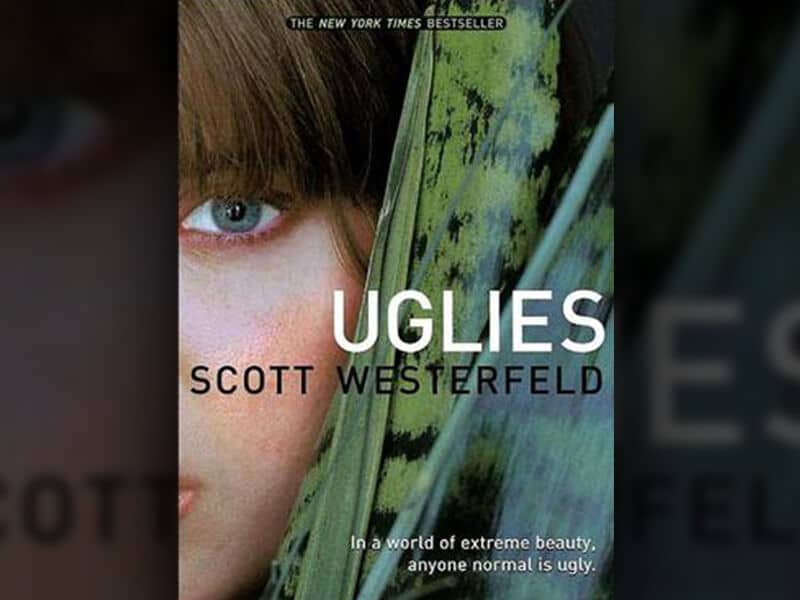Dan Brown’s blockbuster art history-cum-theological thriller "The Da Vinci Code" has spawned a few dozen nonfiction responses, from theological critiques to travel guides. It's also launched a new fiction category: the religious thriller, or more bluntly, books that are surfing the big wave caused by "The Da Vinci Code." These books are distinguished by their mixture of art history, history of Christianity, European settings, villainous clerics, heresy, cryptography and/or symbolism, murder most icky, and secrets that could change the course of civilization. At least three relatives in the "Da Vinci" religious thriller family have hit bestseller lists so far this year.
Here’s a an overview of the major players, and a rating system. Since Brown's popular thriller birthed not only theological controversy but a movie, I am evaluating these books for Christian orthodoxy, movie adaptation potential, and page-turning quality, each on a scale from 1 to 4 as follows:
![]() Heretic Pyres rate how far the book departs from traditionally accepted doctrines about the life of Jesus, Mary Magdalene, or other teachings.
Heretic Pyres rate how far the book departs from traditionally accepted doctrines about the life of Jesus, Mary Magdalene, or other teachings.
![]() Popcorn Buckets measure screen potential.
Popcorn Buckets measure screen potential.
![]()
![]()
![]() Pages rate storytelling quality.
Pages rate storytelling quality.

"The Secret Supper" by Javier Sierra
The telegenic Sierra hosts “The Other Side of Reality,” a Spanish TV show devoted to secret history and the supernatural. Like "The Da Vinci Code," "The Secret Supper" uncovers a supposed dark side of Leonardo’s The Last Supper, which in the case of this novel, is said to contain a heretical visual riddle.Sierra has done his history homework, attested to by a glossary of actual historical figures who are characters in the novel. The narrator, a member of the Inquisition investigating Leonardo on suspicion of heresy, is a Renaissance-era wonk good at solving riddles. Sierra says the novel, first published in Spain in 2004, owes more to Umberto Eco’s "The Name of the Rose"--which mixes murder, monks, and enigmatic riddles--than to Brown. Add a little Geraldo Rivera, and he may be right.Rating:

"Labyrinth" by Kate Mosse
"Labyrinth" was a bestseller in Britain last summer. A literary writer, Mosse here turns her hand to creating two parallel worlds: the contemporary south of France, where an archeological dig uncovers mysterious evidence that is the remainder of the other part of the narrative. In the same location in the early 13th century, the Cathar heresy--Cathars were highly moral vegetarian celibates who believed the material world was evil--is about to be crushed by the orthodox Christianity of northern France. The book is a grail quest; medieval knights abound. But the adventure heroes are two women, medieval Alais and modern Alice, whose sweethearts are charming, morally turpid, physically brave men. Even the villains are women. Well-researched detail includes a smattering of Occitan, the early language of southern France.
Rating:

"The Last Templar" by Raymond Khoury
The post-prologue opening sentence must have captured immediate attention in New York: “At first, no one noticed the four horsemen as they emerged out of the darkness of Central Park.” What at first blush looks like apocalyptic terrorism turns out to be Templars, an order of medieval military monastics. Unriddling this are archaeologist Tess Chaykin and FBI agent and practicing Catholic Sean Reilly, who face a pair of diametrically opposed villains. Each is determined to find the legendary hidden treasure of the Templars before anyone else does. Rating:
"The Templar Legacy" by Steve Berry
Glock-packing monks dart in and out of locations in Europe as retired Justice Department operative turned antiquarian bookseller Cotton Malone gets into action-packed fisticuffs when his former boss Stephanie Nelle undertakes a personal mission. A complicated narrative, the book involves cryptograms, historic clues, and the 19th century French cleric Abbé Saunière, whose name is borne by the curator who is murdered in "The Da Vinci Code." Berry’s densely detailed book is closest in style and content to "Da Vinci," and a previous Berry novel, "The Amber Room," drew Brown’s praise.
Rating:

"The Passion of Mary Magdalen," by Elizabeth Cunningham
At 620 pages, this historical novel with fantasy overtones is as ample as the fleshy, redheaded Mary Magdalen depicted lolling on the cover. Flesh is the operative word. Cunningham’s Celtic Magdalene is a whore and priestess of Isis, as hot in the mouth as Irish whiskey. Some may love the imagination that brings these characters down to earth with contemporary slang (Mary calls Jesus’ mother Mary “Ma,” Jesus says “oy vey,” Peter says “he’s freakin’ walkin’” as Jesus walks on the water). Those mainly interested in a picaresque retelling of the life of Jesus can skip the first 290 pages, which chronicle the Roman adventures of Mary after she is sold into prostitution as she journeys to seek her lover. This bawdy section will satisfy goddess adherents, who will also appreciate that this gabby book is the middle tome of a trilogy about this Celtic Magdalen.
Rating:

"Magdalene" by Angela Hunt
Not a thriller but a historical novel by bestselling evangelical Christian novelist Hunt, this book also postulates a passionate Mary Magdalene, but this Mary is motivated by revenge for a Roman atrocity visited on her family. She is also a skilled fabric dyer whose business acumen helps finance Jesus’ career.
Rating:
(0 pyres) Theological traditionalists and those who like uplifting reading will enjoy this re-imagination, depicting a powerful woman living in Jesus’ time and place.
One final note: Another bestselling evangelical Christian author, Karen Kingsbury, known for inspirational fiction, has written "Divine" a contemporary retelling of Mary Magdalen centered on a character named Mary Madison, director of an abused women’s shelter. It’s unfortunately preachy and melodramatic.

